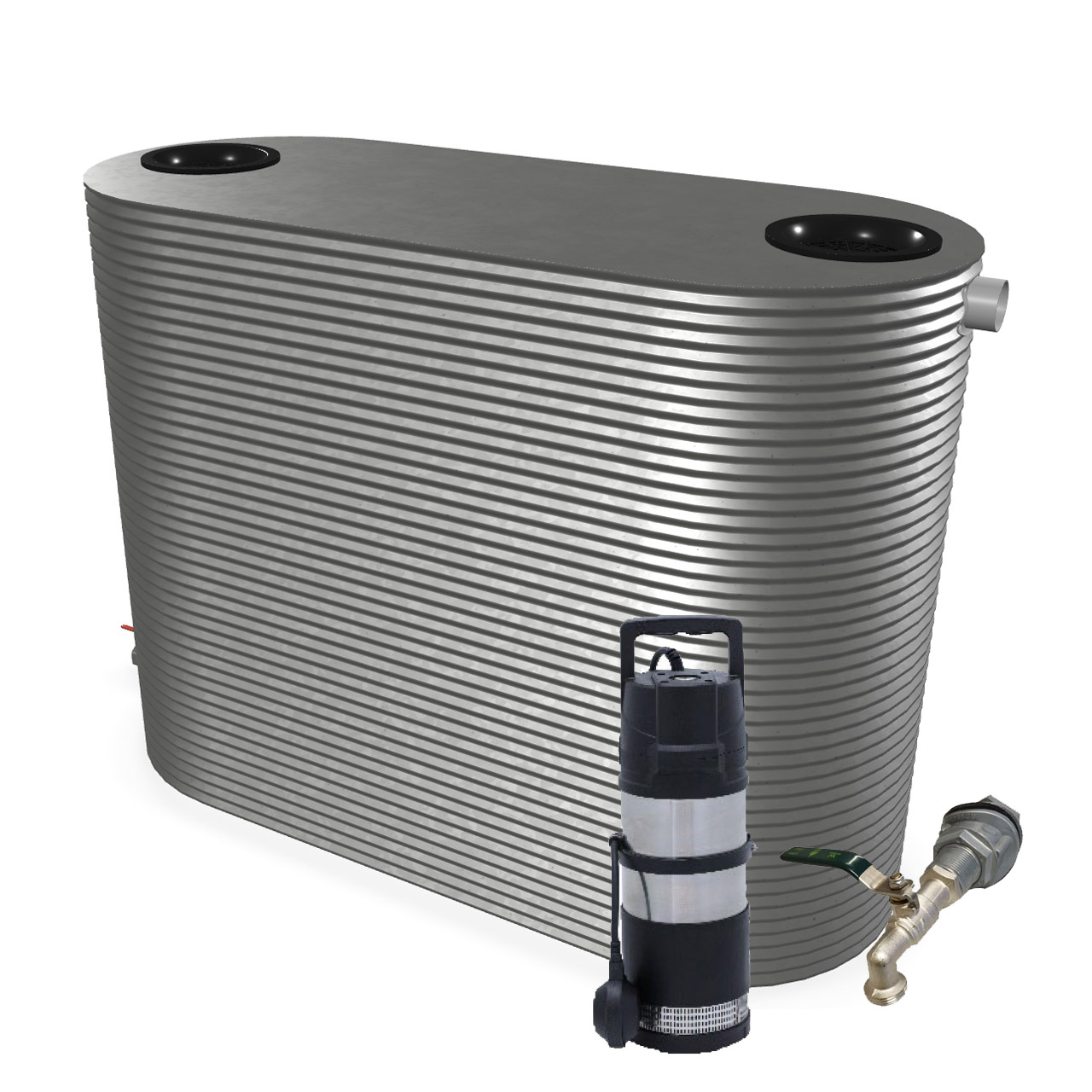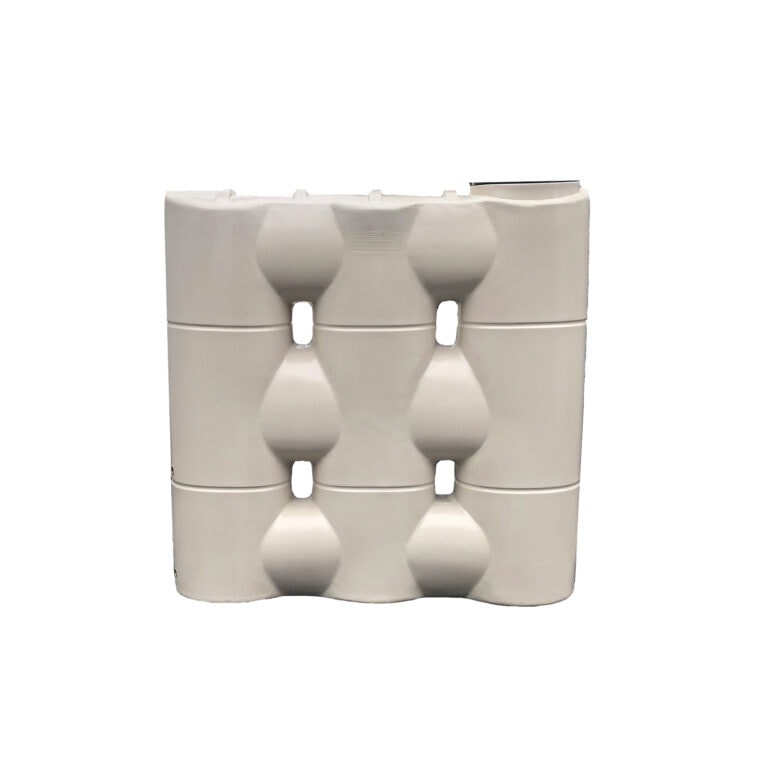Recognizing the Relevance of Rain Storage Tanks in Drought-Prone Regions for Water Protection
In regions at risk to long term dry spells, the role of rain tanks in boosting water protection is a subject of growing importance. Rain containers serve as an important device in mitigating the effect of water scarcities by supplying a sustainable source of water for numerous demands.
Advantages of Rainwater Containers
Utilizing rainwater storage tanks supplies a sustainable remedy for augmenting water supply and improving water safety and security in property and commercial settings. One of the main benefits of rain storage tanks is their ability to decrease reliance on mains water supply. By capturing and saving rain that drops on rooftops, this different source can be used for different non-potable functions such as irrigation, flushing bathrooms, and cleaning garments. This not only preserves treated alcohol consumption water but also lowers water costs for users.

Rainwater Harvesting Methods
Rainwater gathering methods include an array of methods made to efficiently collect and save rain for numerous purposes, contributing to water preservation and sustainability. Another prominent technique is the usage of above-ground or below ground storage space tanks to save rain for later usage.

Furthermore, rainfall gardens and absorptive pavements are ingenious strategies that include landscape design or paving surfaces in a method that enables rainwater to percolate into the ground, restoring groundwater books. Additionally, contour farming and terracing are agricultural techniques that aid capture rainwater and avoid soil disintegration in sloping terrain. By implementing these varied rain harvesting strategies, communities can boost water safety and security and resilience in drought-prone areas while advertising lasting water administration methods.
Relevance of Water Security
Making sure trustworthy access to clean and enough water sources is extremely important for maintaining human wellness, economic advancement, and environmental well-being. Water security is a crucial element of societal durability, particularly in regions at risk to dry spells and water deficiency. Appropriate water protection incorporates various measurements, including schedule, quality, and access of water for residential, agricultural, industrial, and environmental demands.
Water protection plays an essential role in promoting public health by lowering the occurrence of waterborne illness and guaranteeing hygiene facilities. Financially, water safety is necessary for agricultural productivity, industrial procedures, and total financial development. Slimline water tanks. Water safety is very closely connected to environmental sustainability, as it sustains environments, biodiversity, and general environmental balance.
In drought-prone regions, water security ends up Get the facts being much more vital because of the increased threat of water lacks. Implementing strategies like rainwater harvesting, water recycling, and effective water monitoring practices can significantly improve water security in these locations. By prioritizing water security, neighborhoods can much better hold up against the influences of environment modification, populace growth, and other obstacles that endanger water availability.
Enhancing Water Resilience
With increasing global water difficulties, constructing resilience in water supply has actually become a vital emphasis for sustainable advancement efforts. Enhancing water resilience involves implementing techniques to ensure water accessibility and quality when faced with altering ecological problems, such as droughts, floodings, and contamination.
One key facet of enhancing water strength is promoting the usage of rainwater containers in drought-prone regions - Slimline water tanks. Rainwater tanks serve as an efficient methods of catching and saving rainwater for later usage, minimizing dependence on limited freshwater sources during completely dry periods. By including rain harvesting systems into water management strategies, areas can enhance their capability to withstand water deficiency and preserve water security

Lasting Water Preservation
Among intensifying water obstacles, the sensible administration of water resources via sustainable conservation practices is necessary for making sure lasting ecological stability and social well-being. Lasting water conservation involves the efficient usage of water sources to meet current needs without compromising the ability of future generations to satisfy their very own demands. By applying techniques such as rainwater harvesting, greywater recycling, and water-efficient modern technologies, communities can decrease water wastage and ease stress on freshwater resources.
Additionally, sustainable water conservation practices add to ecosystem wellness by basics preserving appropriate water levels in rivers, lakes, and marshes, sustaining biodiversity, and maintaining all-natural habitats. These techniques likewise play an important duty in mitigating the effects of climate adjustment by helping to adjust to altering rainfall patterns and water schedule.

Conclusion
Finally, rainwater containers play a critical function in enhancing water safety and security and strength in drought-prone areas. By utilizing rainwater harvesting strategies, areas can decrease their dependence on traditional water sources and promote sustainable water conservation techniques. This not just assists mitigate the effects of water scarcity during dry spells yet likewise adds to lasting water safety and durability when faced with climate adjustment challenges.